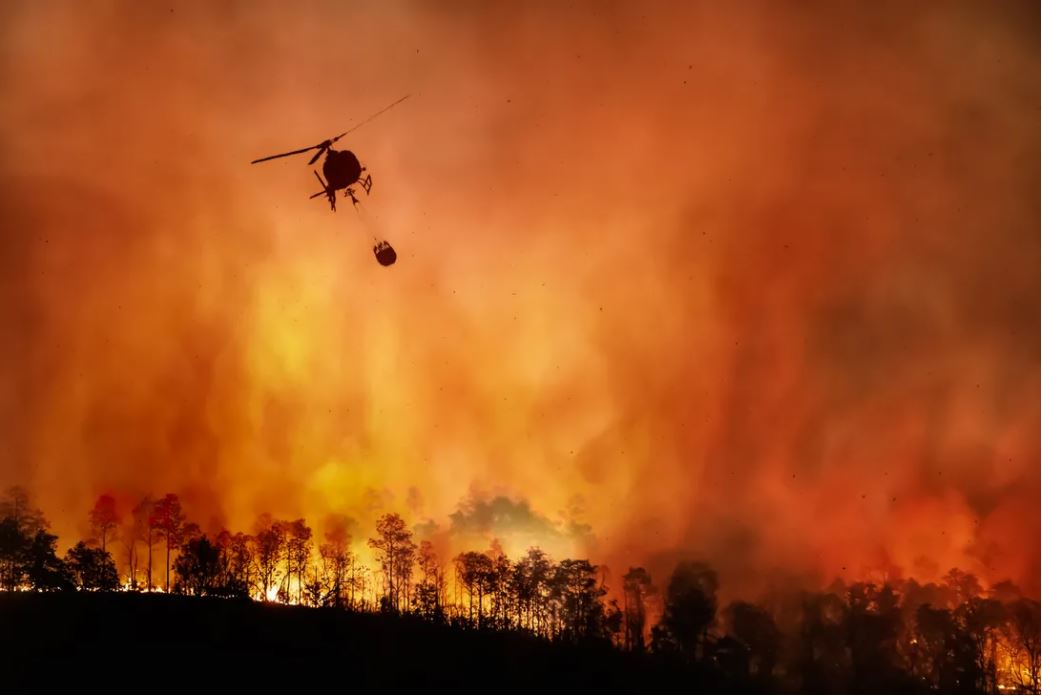According to a new analysis published Wednesday in the journal Science Advances, fires have grown four times bigger and three times more common in the contiguous United States since 2000. According to the report, these disasters are also creeping on and affecting places previously thought to be protected from fire.
The news confirms what we’ve seen for years: wildfires are quickly growing and spreading due to climate change.
The authors of the study claim that extreme, unexpected changes in climate are to blame for creating environmental circumstances that make people more vulnerable to flames. Drought and dried organic debris, for example, are both direct consequences of global warming and precursors to wildfire — and these perfect storm hazards are manifesting more quickly than previously imagined, according to experts.
“Climate, fuel, and ignition changes are all predicted to increase the number and size of fires. These changes are already taking place, according to our research “In a statement, Virginia Iglesias, an environmental scientist at the Cooperative Institute for Research in Environmental Sciences’ Earth Lab and the paper’s principal author, said:
Iglesias’ emotion echoes the national tragedy experienced over the last three years. For example, wildfires raged across California in 2020, 7.7 million acres were burnt across the United States in 2021, and fires raged over Colorado in 2022, with the most destructive conflagration in the state’s history.
“More and larger co-occurring fires are already changing the vegetation composition and structure and the snowpack and water supply to our settlements,” Iglesias added. “This trend is putting a strain on firefighting operations and putting millions of Americans’ lives, health, and homes at risk.”
More precisely, the report estimates that fires cost $3.5 billion in property and crop damage between 2011 and 2016, cost $12.4 billion in suppression efforts, and claimed the lives of 162 people.
Iglesias and his colleagues evaluated government fire history data and satellite photos from more than 28,000 fires between 1984 and 2018. They claim that between 2005 and 2018, flames were four times bigger and far more common in every region of the continental United States, compared to earlier years.
They discovered that fire frequency in the West and East doubled throughout the years investigated, whereas fire frequency in the Great Plains quadrupled. They also claim that the quantity of land burned each year has grown from 1,552 square miles in the center to 5,502 square miles in the West and 465 square miles to 1,295 square miles in the East.
The researchers’ discovery that flames are moving into areas of the United States that have never seen such a disaster is perhaps the most worrying.
In a statement, William Travis, the Earth Lab deputy director and co-author of the study, stated, “These converging trends, more major flames, and intensifying development, suggest that the greatest fire tragedies are still to come.”


